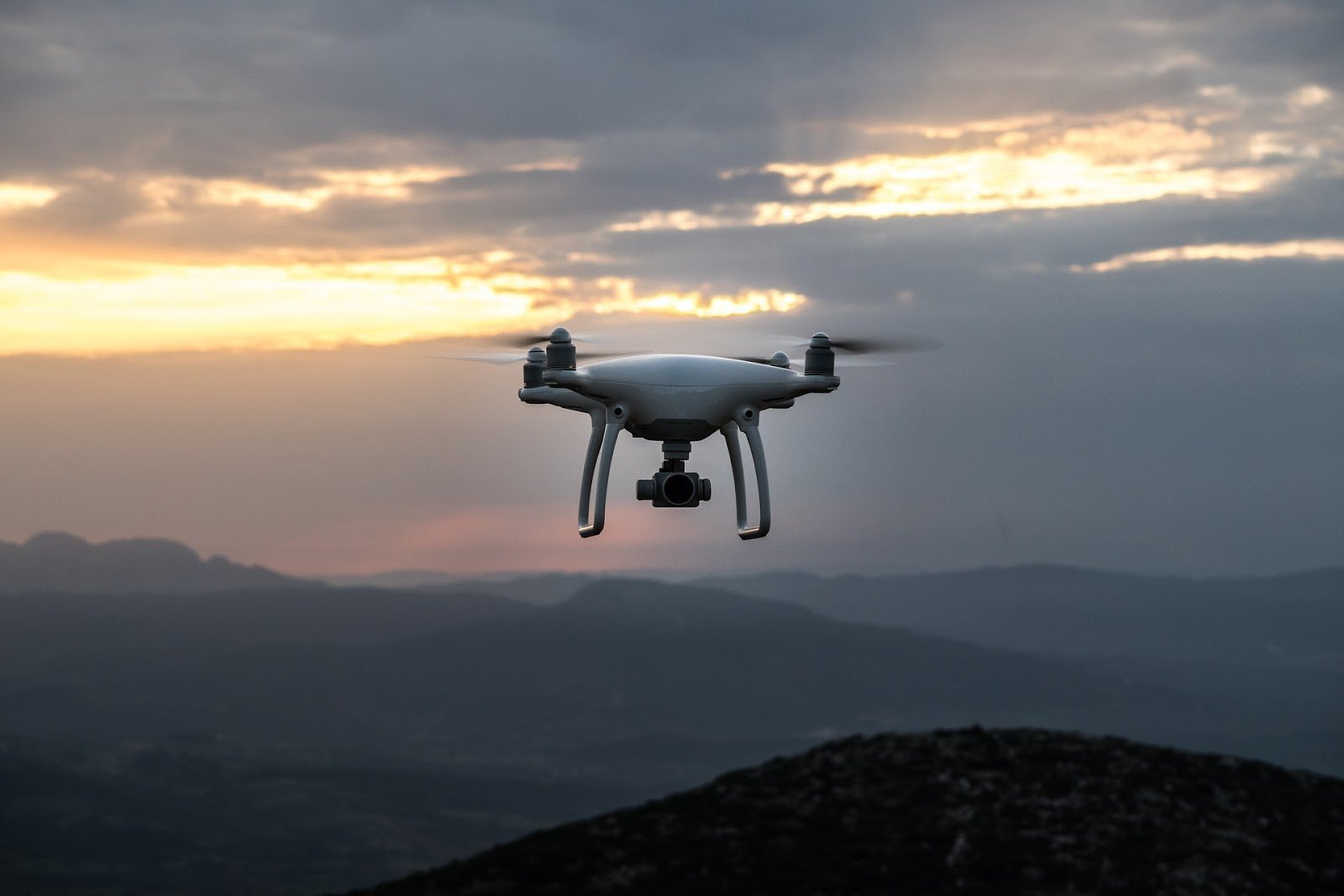How Close Can You Fly a Drone to an Airport? Big Shocking Facts
In the world of aerial photography and videography, drone technology has undoubtedly transformed the way we capture breathtaking images and videos. However, for professional photographers who are keen to explore new creative horizons, understanding the rules and regulations, especially regarding airports, is critically important. This leads us to the pertinent question: how close can you fly a drone to an airport? In this article, we will delve into essential regulations, safety protocols, and practical tips that could be life-changing for any professional photographer.
First, lets set the stage by recognizing that rules surrounding drone operations near airports exist for a very important reasonsafety. Aircraft in transit, particularly at airports, operate on designated airspaces that must remain clear of any potential obstacles, including drones. As a professional photographer, adhering to these rules not only ensures safety but also grants you peace of mind as you embark on your aerial adventures.

Understanding FAA Regulations
The Federal Aviation Administration (FAA) governs all drone operations in the United States. According to FAA regulations, you must maintain a minimum distance of 5 miles from an airport unless you have specific authorization. The importance of being aware of airspace classifications cannot be overstated. Certain airspaces may be more restrictive than others, and knowing them can keep you out of legal hot water.
For instance, if you're operating a drone near an airport classified as Controlled Airspace, you will need to request permission from Air Traffic Control (ATC) to ensure your drone's flight path does not disrupt manned aircraft operations. On the other hand, Class G Airspace, which is uncontrolled, may allow more flexibility, but caution is still encouraged.
Shocking Drone Regulations You Must Know
Many photographers, especially those just starting out, may not be privy to all necessary regulations concerning drone flights. Below are some notable laws you should be aware of:
- **No Fly Zones:** Certain areas around airports are classified as No Fly Zones, where drone operations are strictly prohibited. This could include schools, sensitive infrastructures, or government properties. Always verify flight restrictions on your local drone maps.
- **Altitude Limits:** Drones must not exceed an altitude of 400 feet, unless youre flying within a specified distance of a structure, which then allows you to reach up to 400 feet above that structure.
- **Pilot Certification:** While flying drones for recreational purposes may not require a license, commercial operation must adhere to strict regulations, which include obtaining a Remote Pilot Certificate from the FAA.
Understanding these regulations is not just about compliance; it is about protecting your livelihood as a professional photographer.
Life-Changing Tips for Drone Operations Near Airports
As a photographer, if you find yourself needing to shoot near an airport, consider these practical, yet often overlooked, tips:
- Plan Your Shoot Early: The earlier you plan, the more time you have to apply for necessary permissions, especially if youre flying closer than 5 miles from an airport.
- Check Weather Conditions: Adjusting for weather when flying your drone can help avoid accidents and improve the quality of your footage.
- Always Have a Backup Plan: If you're denied permission from ATC, have alternative shooting locations ready. Creativity shines best under constraints!
Approved Areas for Drone Photography
Identifying suitable flying locations can make all the difference in getting beautiful shots without breaking any laws. Locations at least 5 miles away from airports, preferably designated parks or open areas, can provide great opportunities for drone photography. External resources like UAV Coach provide comprehensive insights into drone laws that can help you choose the right spots for your shoots.
Moreover, examining local regulations can give you a broader perspective. For example, certain states have more relaxed laws regarding aerial photography. Finding these approved areas not only frees you from legal complications but also opens pathways to extraordinary photography.
Frequently Asked Questions (FAQ)
1. Do I need a special permit to fly near an airport?
Yes, you will need to obtain permission from Air Traffic Control (ATC) if you wish to fly within a 5-mile radius of an airport.
2. What is the maximum altitude I can fly my drone?
The maximum altitude for drone flights is generally 400 feet unless otherwise specified based on proximity to structures.
3. Can I fly drones at night near an airport?
Flying at night requires prior permission and must be executed in accordance with FAA regulations even if you're far from airport zones.
Professional photographers need to have a sound understanding of how close a drone can be flown to an airport to work efficiently and legally. This entails embracing regulations, altering your creative process, and recognizing safety as your utmost priority. Remember, knowledge is power in preserving your craft and enhancing your artistry!

External Links
For more information on drone safety and regulations, check out top illegal places to fly.
For insights on using lighting equipment for drone photography, see lighting equipment. To learn more about carrying your camera without a bag, visit camera carrying tips. Need assistance with action cameras? Check out action camera attachment. If you're facing connectivity issues, explore connection troubleshooting. Lastly, prepare for renewing drone licenses with valuable tips from license renewal.

